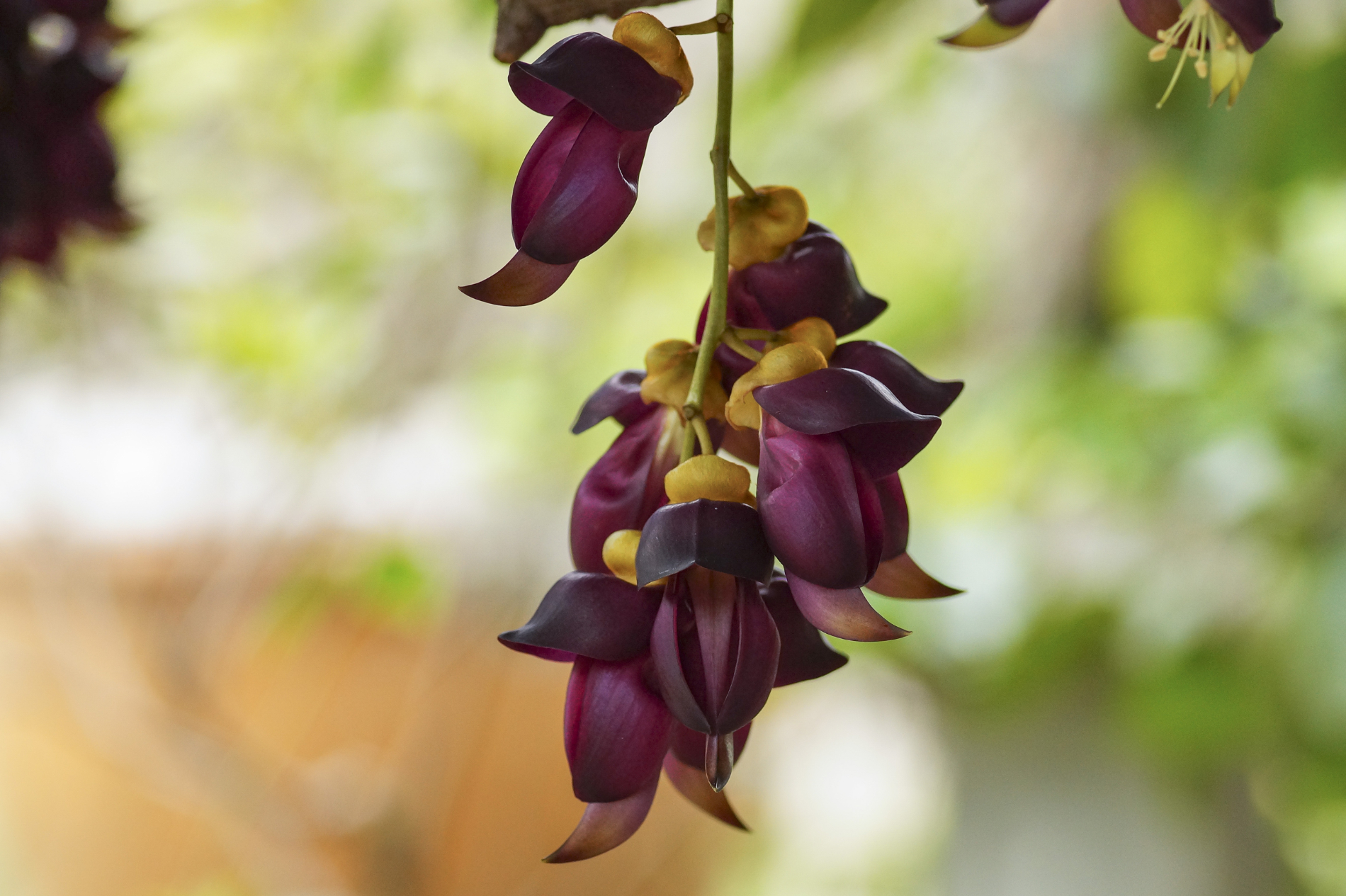Introduction
Belladonna (Atropa belladonna), one of the world’s most fascinating and dangerous plants, is the focus of much medical, cultural and mythological debate. This comprehensive treatise attempts to provide a complete picture of the plant by examining its historical significance, its many uses, its potential dangers and its role in folk medicine and modern pharmacology.
Historical classification
Origin and historical use
The history of belladonna is as dark and mysterious as its berries. Its traces can be found both in the ancient writings of Europeans and in those of Asian cultures. In ancient Rome and Greece, belladonna was used as a poison and as a beauty remedy, with women using the extracted juice to dilate their pupils – a property that was considered extremely attractive at the time.
Mythical and cultural significance
In European folklore, belladonna is often associated with witchcraft and sorcery. Its use in potions and flying ointments to give witches the ability to fly has secured it a firm place in mythical history. Over the centuries it has been both feared and revered, and this duality is reflected in the many stories and legends that surround it.
Botanical characteristics of belladonna
Growth and morphology
Belladonna is a perennial herbaceous plant that grows in the undergrowth of temperate forests. It prefers shady, moist locations and reaches a height of 1 to 2 meters. The leaves are large, dark green and oval, the flowers are purple-brown from May to July.
Toxicology of berries and leaves
The berries and leaves of deadly nightshade contain high concentrations of alkaloids, in particular atropine, scopolamine and hyoscyamine. These substances are highly toxic and can cause serious damage to health and even death if ingested in an uncontrolled manner. Their toxic properties were already known in ancient times and were used both to relieve pain and as a deadly poison.
Belladonna: Medical applications
Traditional medicine
In traditional medicine, belladonna has been used to treat a variety of ailments, from headaches and menstrual cramps to muscle spasms and inflammatory diseases. Its muscle-relaxing and analgesic effects made it a valuable, albeit dangerous, remedy.
Modern pharmaceutical use
In modern medicine, belladonna is used in very controlled doses, particularly in ophthalmology to dilate the pupils and in anesthesiology to reduce salivation during surgical procedures. Its use requires close medical supervision to ensure patient safety and minimize the risk of poisoning.
Dangers and precautions
Possible risks
The use of belladonna without adequate medical supervision can lead to serious side effects such as dry mouth, visual disturbances, cardiac arrhythmia, breathing difficulties and, in the worst case, death. Belladonna is particularly dangerous for children, for whom even the consumption of a few berries can be fatal.
Medical monitoring necessary
Due to its high toxicity and the severity of the possible side effects, it is strongly advised against using belladonna without professional guidance. Its medicinal use is strictly regulated and should only be used under the supervision and guidance of qualified medical personnel.
Belladonna: Complementary medicinal plants and interactions
Despite its dangers, belladonna can be used in combination with other medicinal plants to enhance certain therapeutic effects or alleviate side effects. For example, the combination with calming herbs such as valerian or lemon balm can help to reduce nervous side effects. However, such combinations should always be made under medical supervision in order to avoid unwanted interactions.
Conclusion
Belladonna is an impressive example of the duality of nature: it heals and destroys at the same time. Its in-depth study reveals not only its potential medicinal benefits, but also the cultural and historical dimensions that have made it a symbol of the dangerous beauty of nature. Its use requires a comprehensive understanding and extreme caution in order to safely and effectively harness its benefits. The history of belladonna and the ongoing research into its properties and uses demonstrate its importance as one of the most fascinating and challenging plants in the medical and cultural history of mankind.
Sources and further information:
- Chemical composition and antibacterial properties
- History of medical use
- Pharmacotherapy of Parkinson’s disease
- Clinical applications and toxicity
- Pharmaceutical information




